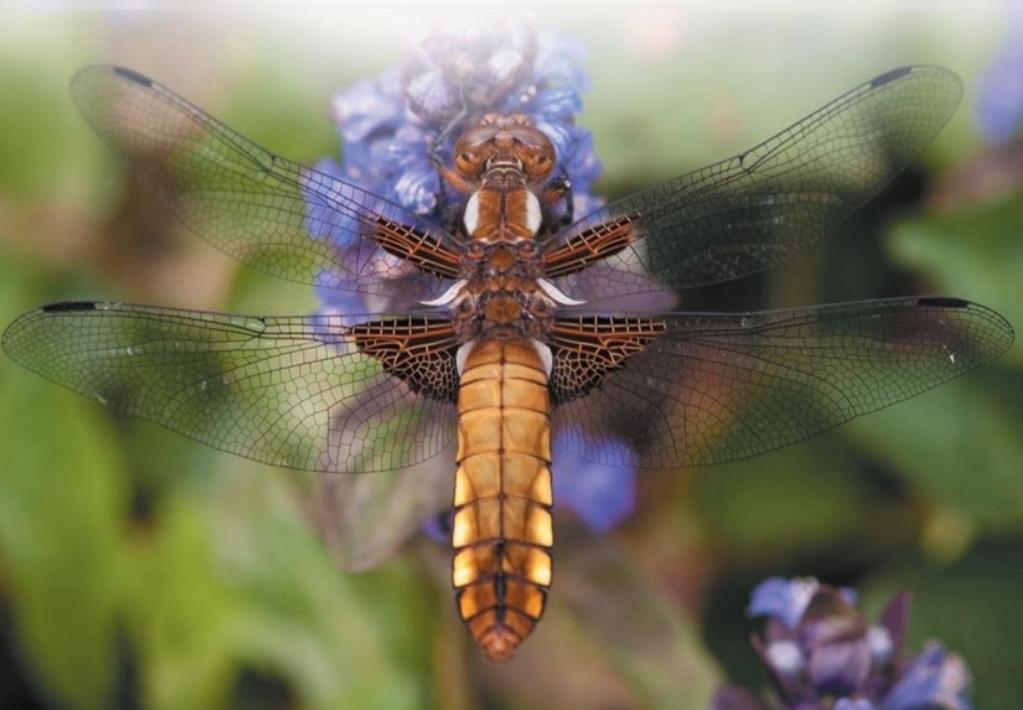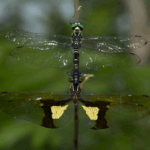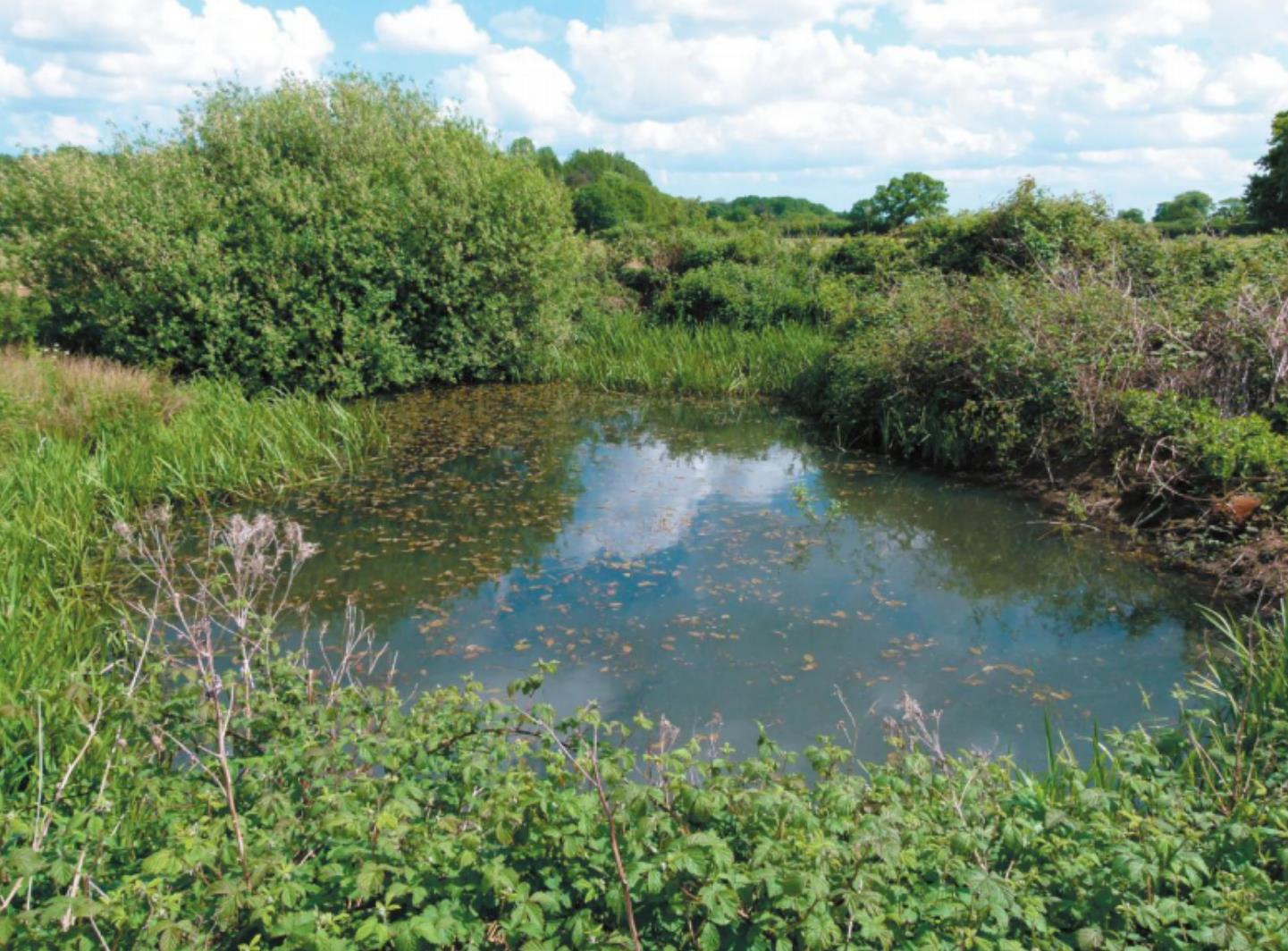
How to Create a Dragonfly Pond
You could spend hours just sitting and watching these Jurassic-looking, acrobatic flyers zoom from here to there. Some of the oldest known insects, dragonflies provide a hugely beneficial component to your garden. They can eat hundreds of mosquitoes each day. Dragonfly larvae eat mosquito larvae in the water and dragonfly adults eat flying mosquitoes. They will also eat biting gnats and other pesky insects.
Adding a pond to your backyard can be very beneficial to dragonfly populations. They help increase local species diversity, provide refuges for common and rare species, provide “bridges” between dragonfly habitat and also create a wonderful outdoor educational opportunity.
The key to attracting dragonflies to your backyard is a water source. Dragonflies use water throughout their life cycle. Dragonfly larvae (nymphs) can spend months or even years living in the water before emerging as adults. So, adding a pond or other water feature will be essential in attracting dragonflies.
CHOOSING A SITE
First, it’s necessary to live within a few miles of some water source – a pond, river, stream, lake, etc. This is probable for most people. Try to avoid overhanging trees, as they may provide too much shade and decomposing leaves can foul the water. If it’s unavoidable, make sure no more than one-third of the pond has overhanging trees. Even if not directly overhanging, you don’t want shade over the whole pond in general, as it can interfere with plant productivity and deter sun-loving dragonflies. Ideally, the pond will get 5-6 hours of direct sunlight each day. However, shade on the west side of a pond can create good shade during the hottest part of the day.
Avoid areas that get a lot of runoff, as this may contain pesticides, fertilizer and other chemicals that will harm nymphs.
You should contact your local municipality to check on ordinances that dictate depth, fencing, etc. Also, be sure you are not digging near any underground utility wires.
POND CONSTRUCTION
In order to support dragonflies, the pond should provide various water depths and should have parts that won’t freeze in the winter. For smaller ponds, a depth of at least 2.5 feet should suffice and 4 feet for larger ponds (depending on your climate). Ideally, the pond should be at least 43 square feet, though smaller ponds are also possible. If your soil is high in clay content, you may not need a liner as long as you compact the soil with pounding. If you do not have a high clay content, you will need a liner to retain water. You can try to find a pre-formed liner, but it has to have the varying levels or it won’t attract dragonflies. You are better off digging your own levels and using 45 mil PVC, polyethylene, butyl rubber, or EPDM rubber pond liner.
After filling your pond, if your water is chlorinated, let it sit for a day or two before adding plants to allow for the chlorine to dissipate.
Place a few large, light-colored stones near the edge of the pond. This provides a perch and warming station for adults. Logs or large tree branches are another nice addition. They provide another perch, a place for females to deposit their eggs, and an escape route for critters who might fall into the pond.DO NOT add fish to your pond. They will eat your dragonfly larvae.
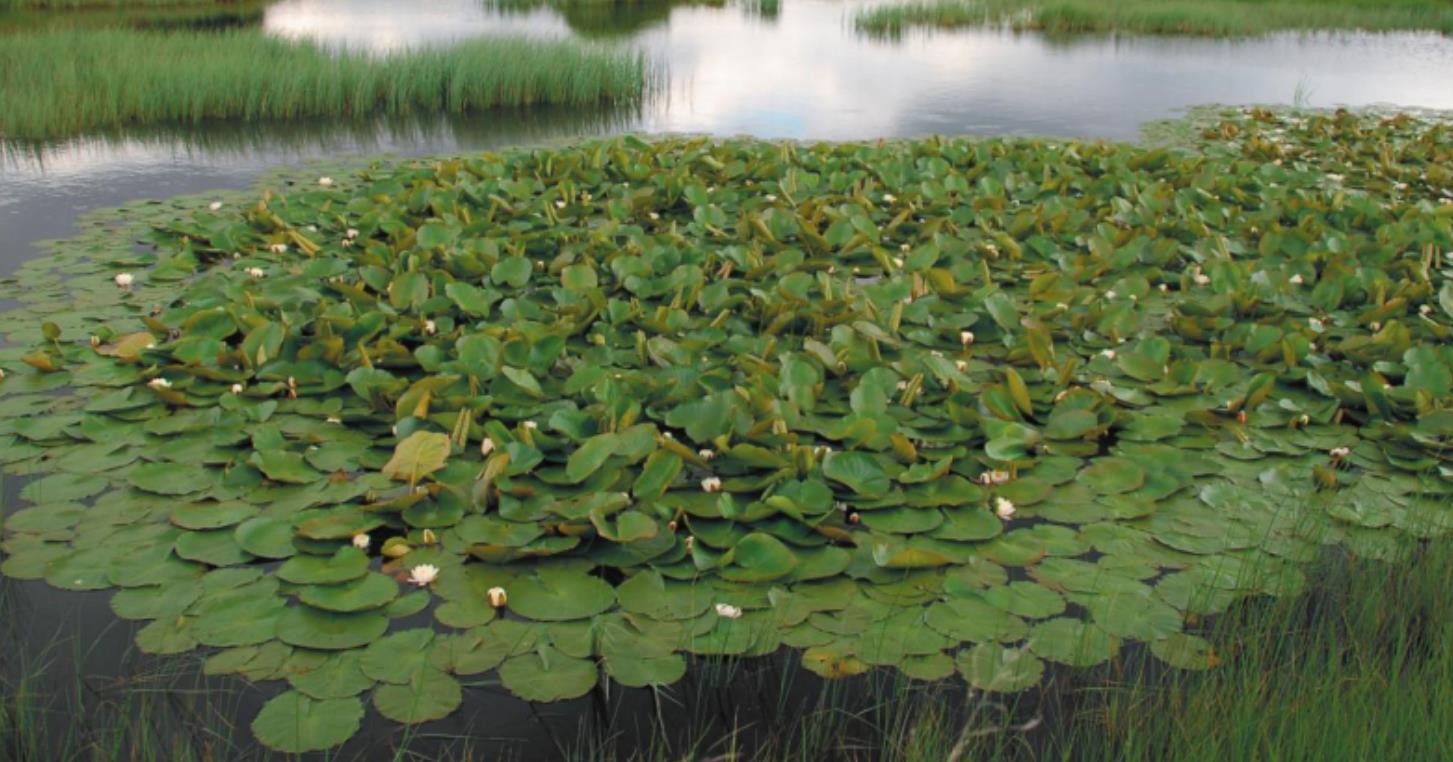
Dragonflies are interesting and beautiful. Their large size makes them valuable for quickly assessing water quality and for the study of insect behaviour. They also have the capacity to perform many useful functions for humans, for example as a biological control of mosquitoes. Dragonflies are special and need our help.
Much can be done by creating new garden ponds but many dragonflies, including most of the rarer species, depend on other habitats which already exist – lakes, ponds, rivers, ditches, marshes and bogs. If dragonflies are to flourish in the British Isles, these habitats must be managed so that they can support them.
In this booklet we first outline what all dragonflies require. If these requirements can be provided in any particular habitat, the species dependent upon these requirements may colonize it. It is very important to be aware of the general requirements of dragonflies because these provide the basis for practical measures that have to betaken. Secondly, we outline the particular problems associated with managing each type of habitat and suggest ways of solving them. The Atlas of Dragonflies in Britain and Ireland, available atthe BDS shop, gives a more detailed account of the requirements and current distribution for each species, allowing you to identify particular ragonflies which may occur at your site and to manage for them. Fact files, including habitat threats and management advice, for the most rare or endagered species can be found freely available on our website, on the individual species profile page.
Dragonflies are quick to colonise new ponds, and are usually present in all good wildlife ponds. Contrary to advice sometimes given, the widespread dragonflies are at home in very shallow ponds and some species, such as the Broad-bodies Chaser, a frequent garden pond inhabitant, can tolerate periods of drying-out provided they can keep moist amongst leaves, plants or under dead wood. There are also some ‘temporary pond’ damselflies which you might be lucky enough to attract to your pond if it is really well-designed.
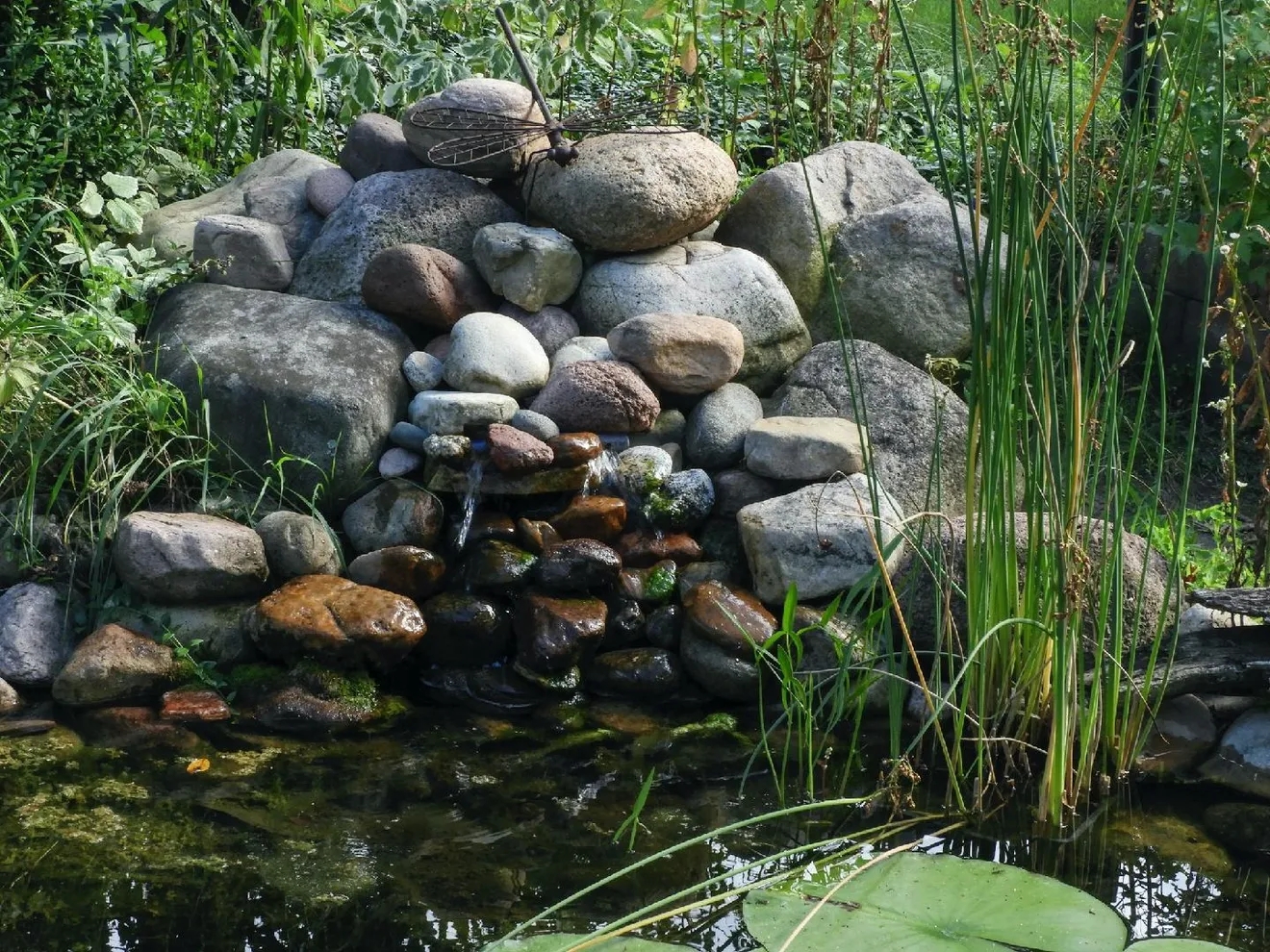
Which dragonflies will you find in your pond?
Usually the first dragonflies to come to a new garden pond, at least in the southern half of Britain, are species like the Common Darter or the Broad-bodied Chaser that like bare sediments. Amongst underwater plants you may find the larvae of Emperor dragonflies. In shady, silty and overgrown ponds you often find Brown and Southern Hawker dragonflies.
It is sometimes said that ponds need to be at least 4 square metres (i.e. 2 m x 2 m) in area for dragonflies, and at least 60 cm deep, though neither of these suggestions is really true. Observers from the Big Pond Dip reported finding dragonfly larvae in a quarter of ponds of less than 1 m x 1 m in area (i.e. no more than 1 square metre). All other things being equal, more species will be found in bigger ponds. However, in one good quality garden pond of just 2 m x 3 m, four species of dragonflies were recorded breeding which is more than the average for (much larger) ponds in countryside as a whole. This was because the small garden pond provided an unpolluted, clean water, habitat, whereas most ponds in the countryside are damaged by pollution.
What all dragonflies require Larvae
All British dragonflies develop in water. Most breed only in habitats that contain free water all year, although a few can survive withdrawal of water for a month or more during late summer. The water must contain sufficient oxygen and be free from toxic substances. Some species require stillwater, others flowing water. No British species can live in very fast-moving rivers and streams, so these are naturally without dragonflies. Many rivers, canals, lakes and ponds would be suitable were they not polluted by agricultural or industrial wastes.
The larvae of many species prefer waters with an abundant growth of water plants in which the larvae can hide from predators and ambush their prey. However, dragonflies can breed in habitats that are sub-optimal for them. Many require emergent water plants up which a larva, in its last stage, can climb in order to emerge as an adult. Most species are fairly catholic in their requirements and will occur in a variety of habitats if the climate is suitable for them. Climate is crucial in determining what species will occur in any one place. For example, the Shetland Islands contain numerous water bodies, which, if they were further south, would support many dragonflies, but nearly all lack dragonflies because of the climate. The larvae of some species have very exacting requirements that are not well understood.
Adults
Adult dragonflies need feeding and roosting areas near their breeding places. They and their prey require warmth and, therefore, sunny, sheltered places provided by trees and bushes. The trees and bushes should not beat the water’s edge but a few metres away. Some species will make use of shelter some distance away from water. In the treeless fens and levels tall marsh plants provide reasonable shelter. Most dragonflies disperse efficiently and quickly discover restored habitats and newly constructed ponds and gravel pits.
Encouraging dragonflies to your pond
Getting dragonflies to come to a pond is easy: almost any water-filled hole will attract the adults, if only briefly. However, to ensure that eggs are laid and larvae survive to grow and emerge there are several things you can do to help.
First, unpolluted water will help ensure that the habitat overall is as good as it can be, although dragonflies do tolerate some pollution. Second: avoid making the pond too deep: in particular it is important to make sure that the pond is not to deep in proportion to its area, for example in a 2 m x 2 m square pond it is undesirable to make the pond more than 30 cm deep. Deeper water is not particularly needed by dragonflies which mostly live in the shallows. Provide plenty of cover: dead wood for egg-laying Southern Hawkers is a good idea, and sand and gravel to encourage the species that lay their eggs of bare sediment. Clean water will allow the water plants to submerged plants to grow that provide habitat for Emperor dragonfly larvae.
Although, almost all our common dragonflies can be found in garden ponds, at the present time none of the more selective species – especially those more associated with acid water in heathlands and moorlands, or those from lowland marshes – have been reported in gardens. However, it’s an exciting challenge for people lucky enough to live close to such areas to see whether these more demanding species could be attracted to specially-designed garden ponds. In these places providing really clean, shallow, water over natural sand and gravel substrates and thick with mosses and other water plants might be rewarded by some unexpected visitors. If you live near to moorland or heathland, an acid–water garden pond would be well-worth trying.
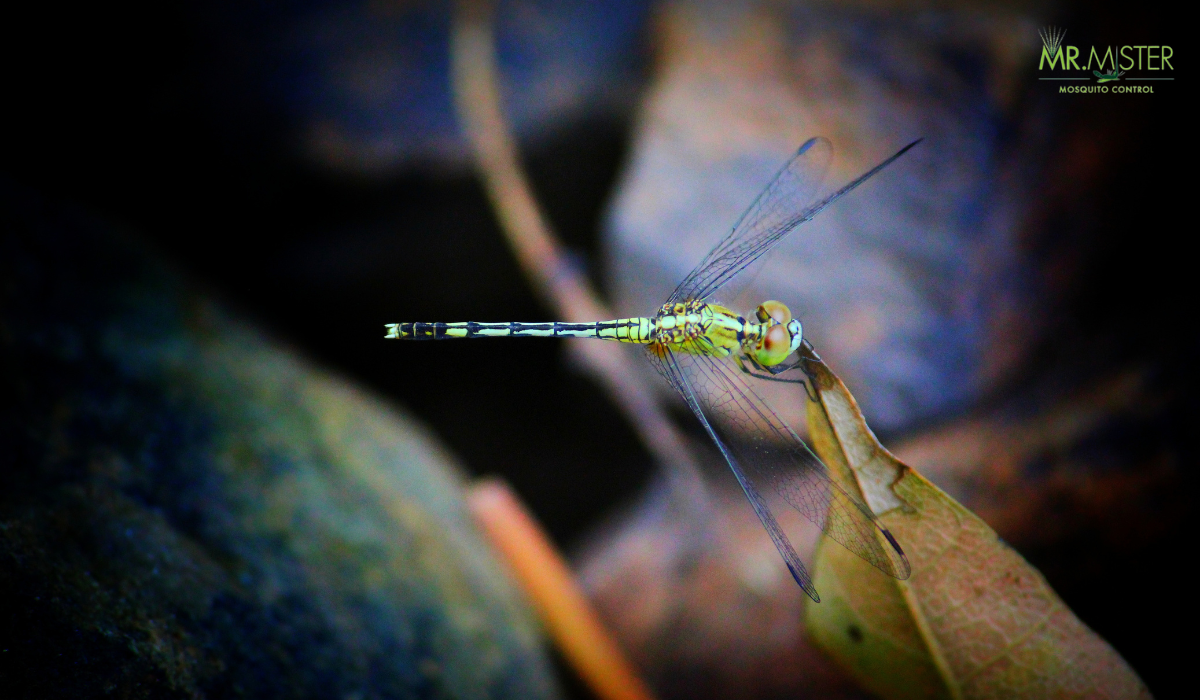
Habitats: management problems and solutions Lakes
Definition: water bodies of more than 1000 m2 and with pH more than 6 Lakes can be natural or man-made. In southern England nearly all lakes are man-made and are particularly rich in dragonfly species. New lakes, in the form of graveland clay pits, borrow pits and reservoirs, are being created continuously and provide great opportunities for management for dragonflies and other wildlife. In lakes, dragonfly larvae are confined to the warm shallow edges where water plants flourish. Therefore, one large lake contains fewer dragonflies than does a series of small lakes covering the same area.
The management problems presented by lakes and their solutions are as follows:
- Unless controlled, willows and other waterside trees can shade out water plants. Therefore, ensure that some stretches of the lake are free of trees and bushes. However, some species, such as the Brilliant Emerald (Somatochlora metallica) prefer lakes edged with good tree cover so ensure you are aware of the species in the lake before planning management. In newly made lakes and gravel pits control the development of trees and bushes along the shores.
- Steep sides to a lake reduces the zone of shallow water. Therefore, when creating lake habitats, ensure that there is a gradual slope at the margins in at least part of the lake.
- 3. Large lakes are subject to considerable natural wave action and fast-moving boats can also produce similar effects. Vigorous wave action can cause turbulence which reduces the amount of light reaching submerged water plants and can prevent their growth. Waves can also hinder the emergence of dragonflies. Floating
- booms can be used to reduce wave action in small bays. Boat speeds can be controlled by co-operation with local authorities and boat hire firms. A system of zoning, so that some areas are kept free of boats and their wash,is the best solution.
- 4. Lakes are easily polluted by drains from lakeside dwellings, by boats and particularly by agricultural or
- industrial waste entering them through streams that drain into the lake. Pollution can only be reduced by co- operation with local landowners, industries, local government and the National Rivers Authority (NRA).
- 5. Large numbers of wildfowl or roosting gulls can enrich the water of some lakes so that the lakes cease to be a suitable habitat for dragonflies. Therefore, do not rear mallard or maintain a collection of ornamental waterfowl on lakes where you want dragonflies to be conserved.
- 6. Lakes with unnaturally large populations of fish contain few dragonflies because the fish eat the larvae. Therefore, do not develop fishing lakes with artificial feeding and high stock rates on lakes where you want dragonflies to be conserved.
Ponds
Definition: water bodies of less than 1000 m2 and with ph more than 6 Ponds are particularly good for dragonflies because a large proportion of their water is shallow and they are often sheltered from wind though not from sun. By their nature, most are transient habitats and, unless managed, they quickly develop into marsh and, ultimately, woodland. Their management, therefore,
is particularly important. There is great scope for making ponds on both farms and in gardens. The guidelines for making small ponds on farms are the same as that for making them in gardens (see ‘Dig a Pond for Dragonflies’). On farms it is easier to make larger ponds, but lining them with butyl etc. is usually prohibitively expensive so larger ponds on farms have to be made in one of the following ways:
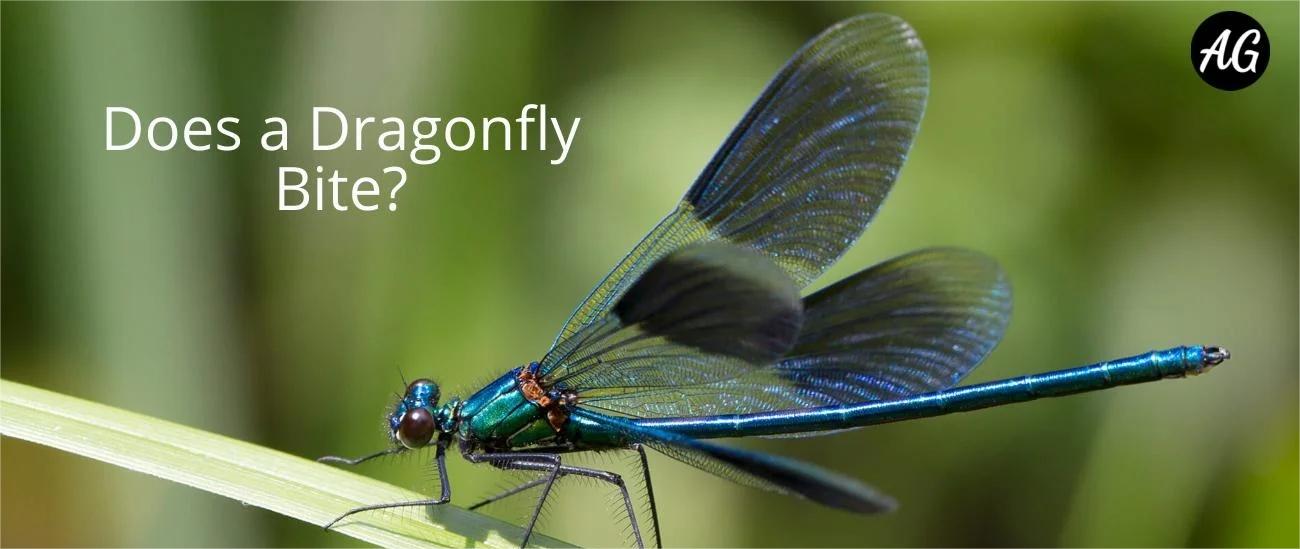
a) Dig the pond on an area underlain by impervious clay
b) Dam a small stream. Permission must besought from the NRA. Ponds made by damming streams are liable to nutrient pollution if the stream flows through land treated with fertilizers. Such ponds are also liable to fill up with sediments brought down by the stream and will require frequent dredging. Only a part of the pond should be dredged in one year.
The management problems associated with ponds and their solutions are as follows:
- Shallow ponds rapidly become overgrown with water plants that have arrived naturally or have been introduced. Reeds and reed mace or bulrush are particularly liable to dominate ponds thus reducing the amount of open water and suitable habitat for submerged aquatic plants. Therefore, control these by cutting or pulling out when they first appear. If herbicides are used, restrict each application to a quarter of the pond to limit deoxygenation; the MAFF guidelines in Booklet 2078 must be strictly adhered to.
- Trees and bushes at the pond edge cause the same problems as for lakes but in ponds can be more severe. In many ponds so many leaves fall into the pond that they poison the water. Therefore, do not plant willows etc. close to ponds or, if you do, control their growth frequently.
- Nutrients and pesticides can enter ponds by streams or drift. Nutrients cause algal blooms and excessive growth of duckweed. Therefore, as far as possible prevent spraying in the immediate vicinity of the pond and feeder streams. If the time of pollution is predictable, for example when the fields above the pond are sprayed, cut off the stream with a dam where it enters the pond, and allow polluted water to bypass the pond through a previously prepared ditch.
- Do not introduce non-native water plants, such as Crassula helmsii, which can take over a pond.
- Many farm ponds, small graveland clay pits are used as dumps for rubbish, some of which can be very toxic. Therefore, if an old pond is being renovated, it is important to clear rubbish out of it before it is allowed to refill.
- Farm stock can muddy ponds to such an extent that submerged plants cannot grow in them and emergent vegetation is lost by trampling. Therefore, where this occurs, restrict access of stock to a part of the pond with fencing that extends into the pond. Similarly, in urban areas, anglers, children (and even dragonfly enthusiasts!) can severely damage bankside vegetation. In such places, exclude people from part of the pond by fencing.
- Ponds are even more susceptible to manuring by wildfowl than are lakes. A small pond can rarely take more than one pair of mallard. Therefore, do not use ponds for domestic geese, ducks or ornamental waterfowl if you want dragonflies on the pond.
- Adult dragonflies at ponds close to houses or farm buildings, where there are exceptionally large populations of house sparrows, can be severely affected by predation. Newly emerged dragonflies are especially vulnerable. Therefore, avoid siting new ponds in such places.
- Dragonfly larvae in ponds, as in lakes, are vulnerable to predation by fish if these are kept in unnaturally
large numbers. Therefore, if possible avoid stocking ponds with goldfish, carp etc if you want the ponds to be suitable for dragonflies.
Rivers, large dykes, large streams and canals
The habitat provided by lowland rivers, large dykes and canals is very similar to that of many lakes and large ponds and they support the same species. However, four species, Banded Demoiselle (Calopteryx splendens), White-legged Damselfly(Platycnemis pennipes), Common Clubtail Dragonfly (Gomphusvulgatissimus) and Scarce Chaser(Libellula fulva), normally require gently flowing water in which to breed. The problem for the owner of a riverside habitat is that he has only partial control of it; it can be seriously affected by what others do upstream.
The management problems presented by rivers,dykes and canals and their solutions are as follows:
- Ditches quickly become overgrown and so need frequent clearance to retain their agricultural function.An overgrown ditch provides good habitat for Scarce Emerald Damselfly (Lestes dryas) and Ruddy Darter(Sympetrum sanguineum) but is less suitable for other species. Where possible do not clean out a ditch more frequently than once every four years and do not clear too much at a time; never clear all the ditches on afarm in the same year. This applies to both mechanical and chemical treatment. If herbicides are used, make sure that the right one is used in the way stipulated.
- Ditches and streams are particularly liable to agricultural pollution, directly by effluent from sheep dip and by washing spray equipment and, indirectly, by spray drift. Therefore, make sure that sheep dip and other chemicals do not get into the watercourse and, when applying fertilizer or pesticides, ensure that an adequate margin is left between the watercourse and the sprayed crop. Never spray on a windy day.
- Some streams and ditches are liable to dry out and so become useless for dragonflies. Therefore, if dangerously low levels are reached, insert a temporary dam or sluice to retain water until levels rise naturally.
- High stocking rates in adjoining fields can lead to the destruction of all tall plants growing by the watercourse. Therefore, protect part of the watercourse with electric or other temporary fencing.
- In some low-lying districts excessive water extraction has led to groundwater becoming contaminated by salt from the sea and has made many ditches unsuitable for dragonflies. Only changes in water extraction and drainage policies can remedy this problem.

Conclusion
Provision of unpolluted, shallow water suitable for dragonflies involves the manager with two types of activity:
- Preventing the natural tendency of most shallow waters to develop into marsh and eventually scrub or woodland
- Preventing, or at least reducing, damage caused directly or indirectly by man.
Therefore, the management of all water bodies for dragonflies largely consists of controlling invasive vegetation in the least damaging ways possible, and of controlling all forms of pollution. The first is usually easier to achieve than the second.
When new water bodies are created or old ones renovated, one can usually rely on their colonization by the plants and animals on which dragonflies depend for shelter and food. If a new habitat is very isolated,colonization by water plants may take some time and, therefore, nature can be helped by introducing water plants found in similar habitats in the area (see those listed in ‘Dig a Pond for Dragonflies’).

